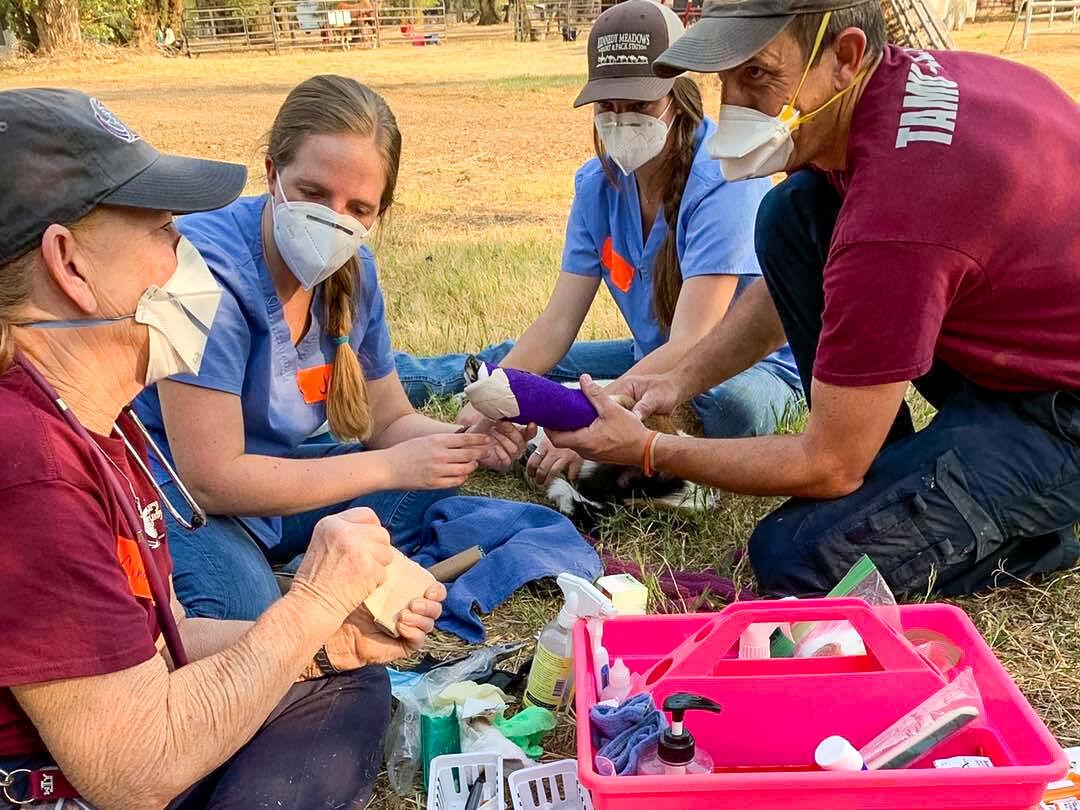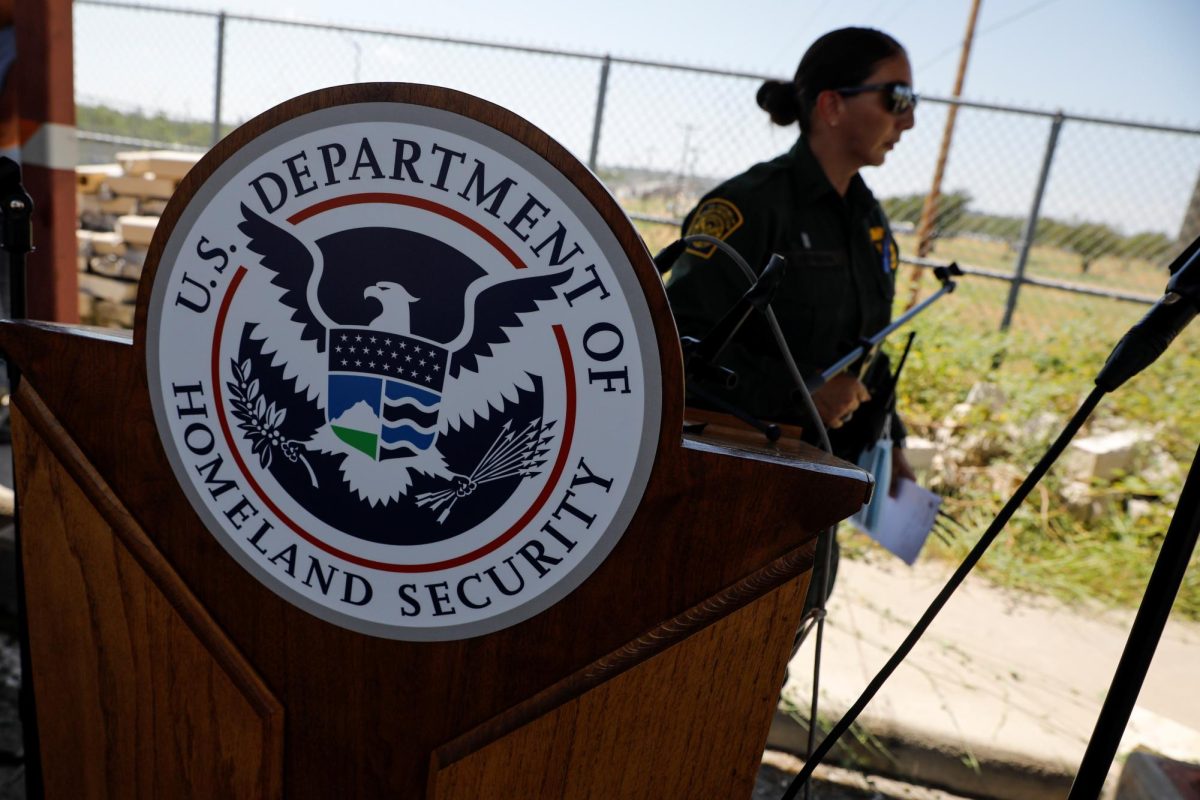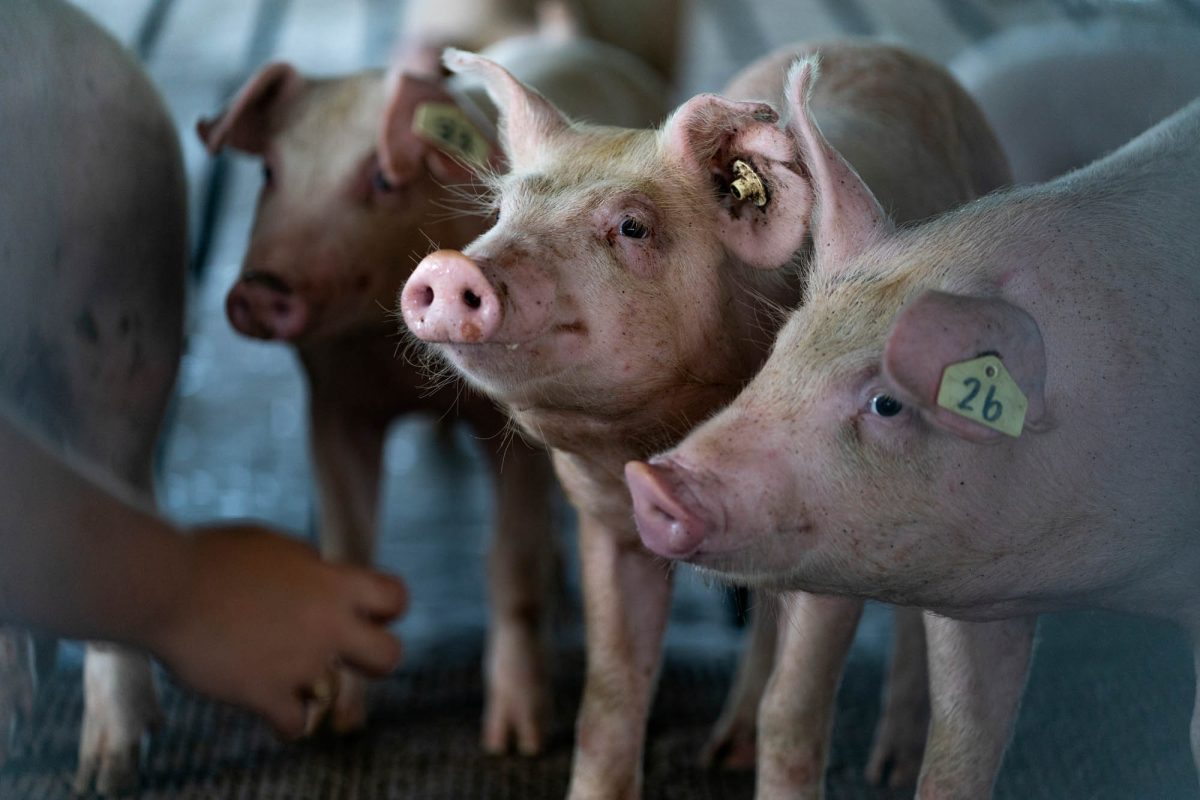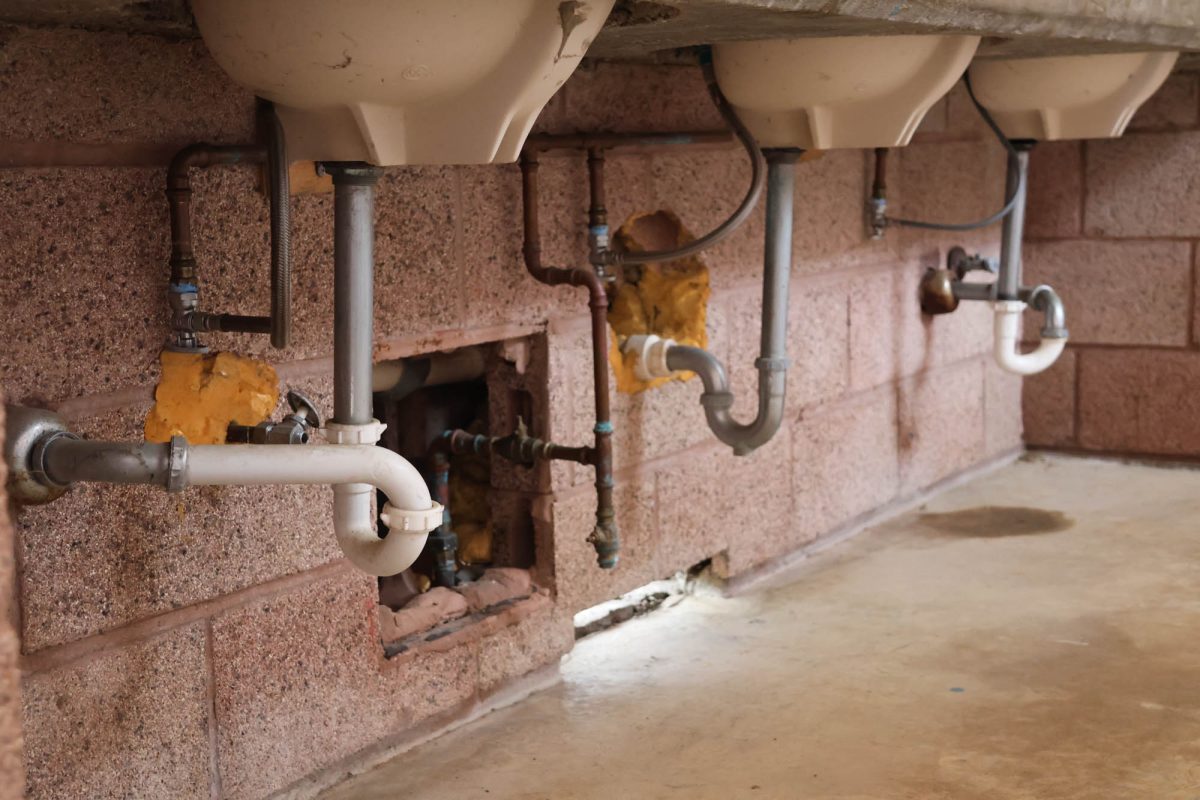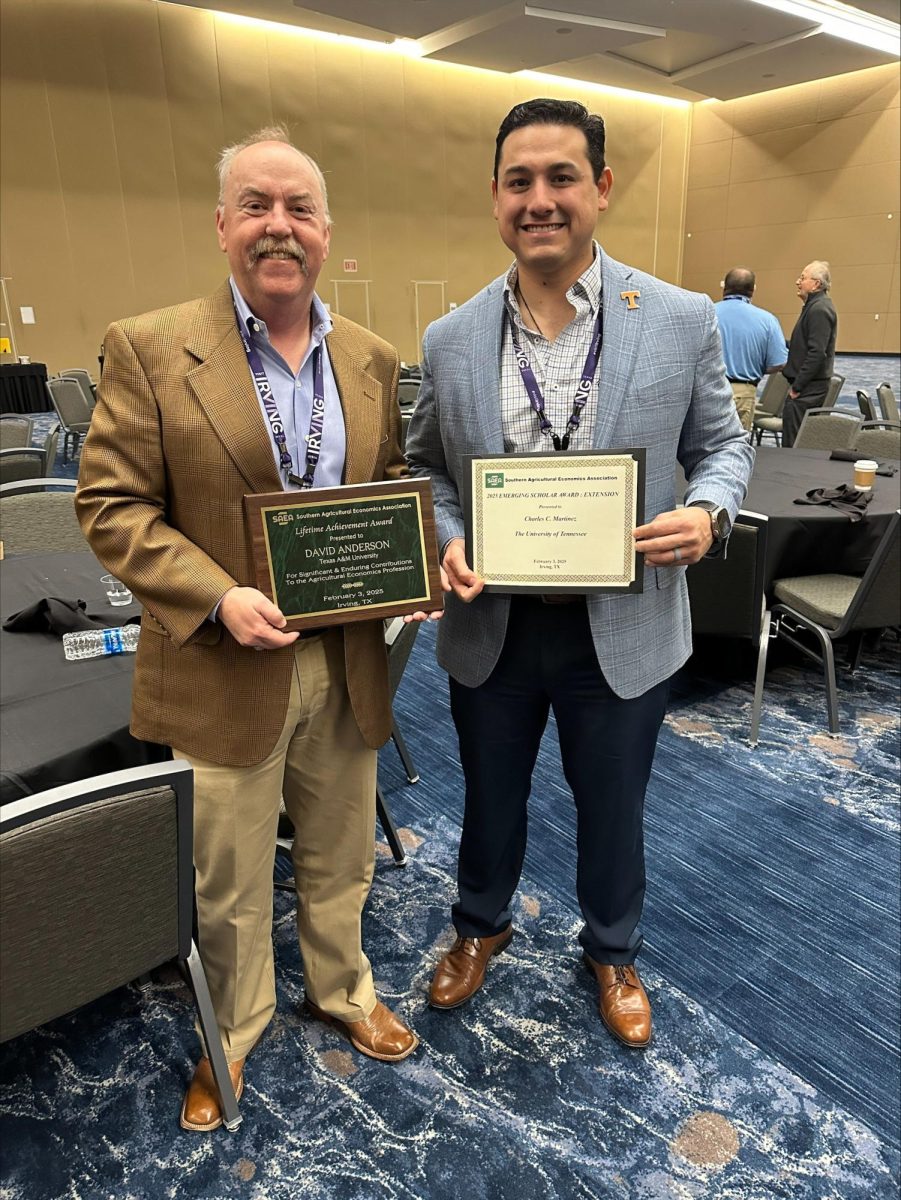The California wildfires, raging for the past few weeks while causing immense amounts of personal damage, have a somewhat overlooked side effect: injury to animals, both domestic pets and livestock, that get displaced or caught in the damage of the fire.
Nine members of Texas A&M’s Veterinary Emergency Team, or VET, were deployed to Butte County, Calif., on Oct. 26 to mitigate this harmful impact on local animals. The VET team is accompanied by six agents of A&M’s Agrilife Extension Service.
VET is composed of four veterinarians, two veterinary technicians and three logistics and support personnel. Students were unable to accompany the team, said Dr. Wesley Bissett, the director of the VET.
“In our typical deployment from our college we’ll have faculty, staff and students that deploy,” Bissett said. “This being an out of state deployment, it’s limited to faculty and staff. Unfortunately, we can’t bring our senior students on the out-of-state deployments.”
While deployed out of state for larger disasters, VET is a part of the emergency management structure in Texas. As a result, it is an asset available for events both large and small within the state, Bissett said.
“We do have a pretty active deployment season — lately we’ve been deploying two or three times a year,” Bissett said. “They can be either smaller events, as an example an earlier deployment for our team was the tornado in Onalaska, Texas. We also do the large events like when Hurricane Harvey hit us. We deployed on Hurricane Laura this year, so we do the variety.”
While a veterinarian himself, Bissett is serving as a liaison and logistical coordinator in Butte County, helping to ensure all is well within their operations at the three temporary VET shelters. Between the shelters, there’s a wide variety of animals that require medical assistance from the team, Bissett said.
“We literally have dogs, cats, a handful of more exotic pet types, a tremendous number of livestock, some goats, llamas [and] we’ve got a good number of poultry,” Bissett said. “We’re seeing species across the board, which is similar to what we see when we deploy in Texas. I mean, name the disaster and it impacts animals in one way or another, and there’s just so many different creatures out there that need to be taken care of.”
The shelters VET is working at are divided into small and large animal shelters, with VET personnel working out of all three locations. Dr. Leslie Easterwood, who is primarily an equine veterinarian and clinical professor, has been working out of the large animal shelter located outside of Camelot Equestrian Center.
Camelot Equestrian Center allowed the rescue group to set up in Butte County and leased part of its facility to the North Valley Animal Disaster Group where the shelter is located. With different animals like pigs, horses, peacocks, goats and ducks among others, the shelter had a busy situation with a variety of different animals to work on. However, things have started to slow down since their initial influx of animals, Easterwood said.
“Certainly the numbers have gone down, and as the folks were able to get back in over the weekend, now we’ve got folks kind of trickling through and picking up a few of their animals so things are getting a little bit better as far as that’s concerned,” Easterwood said.
Easterwod said the VET’s operations at the large animal shelter have been productive, with the staff being able to treat all injured animals.
On the small animal side, veterinary technician Susan Lobit has been working out of the two temporary shelters for small animals named after their respective streets, Del Oro and Cal Oaks. At these shelters, VET is assessing needs for the small animals housed there while also teaching students from University of California Davis that are helping at the shelter, Lobit said.
“We’re bandaging burned feet, we’re dealing with parvo outbreaks in the shelter situation and we’re vaccinating and basically just trying to medically manage what needs to be handled,” Lobit said.
For the moment, VET’s operations in Butte County are slowing down, but the team is prepared to stick around until their help is no longer needed, Bissett said.
“We are here until they don’t need our support anymore, but the fire picture is getting better thanks to a lot of hard work of dedicated professionals that are getting the fire we’re responding to contained,” Bissett said. “Things are looking better and so I do see [that] we’re pointing toward mid-to-later October to kind of ramping this down and coming home.”
During its deployment to Butte County, VET has been able to accomplish their organizational goals of helping not only their patients, but also the community, Bissett said.
“If an animal is injured, if an animal is hurt, then that’s what we’re here for is to try and limit that suffering, limit that pain, and with the best potential of getting people and their animals back together,” Bissett said.
More information about the Veterinary Emergency Team is available here.
A&M’s Veterinary Emergency Team deployed to California wildfires
October 13, 2020
Photo by Provided
Veterinary Emergency Team members Dr. Brandon Dominguez and Cindy Schocke bandage a goat injured in the North Complex Fire near Oroville, California.
0
Donate to The Battalion
$2790
$5000
Contributed
Our Goal
Your donation will support the student journalists of Texas A&M University - College Station. Your contribution will allow us to purchase equipment and cover our annual website hosting costs, in addition to paying freelance staffers for their work, travel costs for coverage and more!
More to Discover




